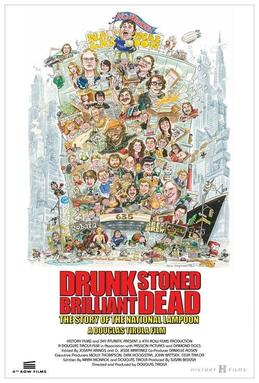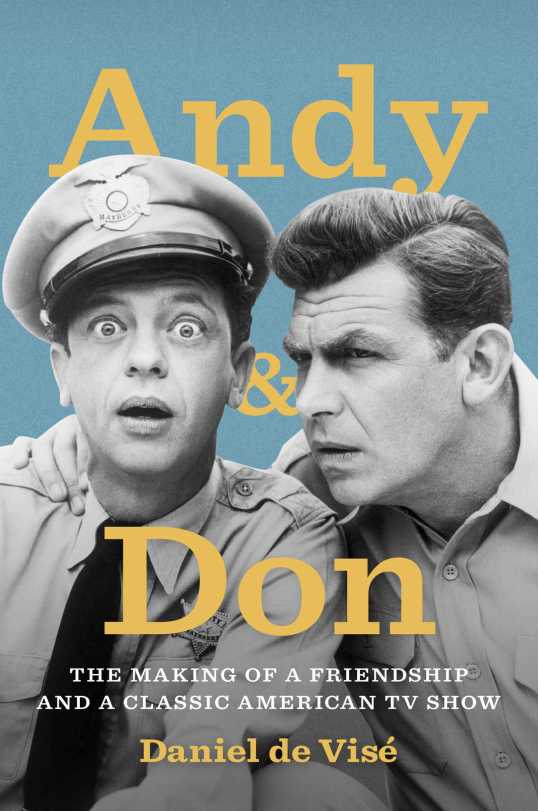In 1964, American International Pictures released the first concert film, The T.A.M.I. Show. After the success of T.A.M.I, AIP followed up with a second concert film. This one would be shot in front of a live audience at Los Angeles’s Moulin Rouge club on the night of November 29th, 1965. The line-up included Ray Charles, Petula Clark, The Lovin’ Spoonful, Bo Diddley, Joan Baez, The Ronettes, Roger Miller, The Byrds, Donavon, and Ike and Tina Turner. Phil Spector was recruited to produce the show and he brought with him a live orchestra. Conducting the orchestra and serving as the night’s emcee was The Man From UNCLE‘s David McCallum.
Originally announced as The T.A.M.I. Show Part II, the title was briefly changed to This Could Be The Night (after a song written by Spector and Harry Nilsson and performed by The Modern Folk Quartet) until AIP finally went with The Big TNT Show, an appropriate title considering the explosive performances that were recorded that night. The Big TNT Show also recorded the growing division between the rock and roll of the 50s and early 60s and the music of the emerging counter culture, with Ray Charles, Bo Diddley, and Ike Turner sharing the same stage as The Byrds and Donavon.
In one of the show’s best moments, Joan Baez sings You’ve Lost That Loving Feeling while Phil Spector accompanies her on piano.
Other highlights include the Byrds performing Turn, Turn, Turn,
Roger Miller performing his novelty hit King of the Road,
Petula Clark singing Downtown,
The Ronettes performing Be My Baby,
Donavon’s Universal Soldier,
and Ike and Tina Turner’s entire set.
At the end of the film, the viewers are told to “be sure to tune in for next year’s show!” but, one year later, both the world and music would be very different. The Big TNT Show captures that one final moment before things changed forever.

 The documentary Drunk Stoned Brilliant Dead pays tribute to National Lampoon. Founded in 1970, National Lampoon was published for 28 years and, at the height of its popularity, its sensibility redefined American comedy. When it came to National Lampoon, nothing was sacred and nothing was off-limits. The success of National Lampoon led to a stage show called Lemmings and The National Lampoon Radio Hour, which featured everyone from John Belushi and Bill Murray to Chevy Chase and Harold Ramis. Michael O’Donoghue, famed for his impersonations of celebrities having needless inserted into their eyes, went from writing for the Lampoon to serving as Saturday Night Live‘s first head writer. National Lampoon’s Animal House, Vacation, and Caddyshack are three of the most influential film comedies ever made. Everyone from P.J. O’Rourke to John Hughes to The Simpsons‘ Al Jean got their start at National Lampoon.
The documentary Drunk Stoned Brilliant Dead pays tribute to National Lampoon. Founded in 1970, National Lampoon was published for 28 years and, at the height of its popularity, its sensibility redefined American comedy. When it came to National Lampoon, nothing was sacred and nothing was off-limits. The success of National Lampoon led to a stage show called Lemmings and The National Lampoon Radio Hour, which featured everyone from John Belushi and Bill Murray to Chevy Chase and Harold Ramis. Michael O’Donoghue, famed for his impersonations of celebrities having needless inserted into their eyes, went from writing for the Lampoon to serving as Saturday Night Live‘s first head writer. National Lampoon’s Animal House, Vacation, and Caddyshack are three of the most influential film comedies ever made. Everyone from P.J. O’Rourke to John Hughes to The Simpsons‘ Al Jean got their start at National Lampoon.



 It’s the 1920s. Prohibition is the law of the land and gangsters control the streets of New York City. Jack Diamond (Ray Danton) and his tubercular brother, Eddie (Warren Oates), arrives in town. Jack and Eddie are small-time jewel thieves but Jack has ambitions to be something more. He works with his girlfriend, Alice (Karen Steele), as a dance instructor but he dreams of being the most powerful mobster in the world. His first step is to get a job working as a bodyguard for New York crime lord (and fixer of the 1919 World Series), Arnold Rothstein (Robert Lowery). Though Rothstein never trusts him, Jack works his way into his inner circle and even gets a nickname. Because he is a dancer, he is renamed “Legs” Diamond.
It’s the 1920s. Prohibition is the law of the land and gangsters control the streets of New York City. Jack Diamond (Ray Danton) and his tubercular brother, Eddie (Warren Oates), arrives in town. Jack and Eddie are small-time jewel thieves but Jack has ambitions to be something more. He works with his girlfriend, Alice (Karen Steele), as a dance instructor but he dreams of being the most powerful mobster in the world. His first step is to get a job working as a bodyguard for New York crime lord (and fixer of the 1919 World Series), Arnold Rothstein (Robert Lowery). Though Rothstein never trusts him, Jack works his way into his inner circle and even gets a nickname. Because he is a dancer, he is renamed “Legs” Diamond.
